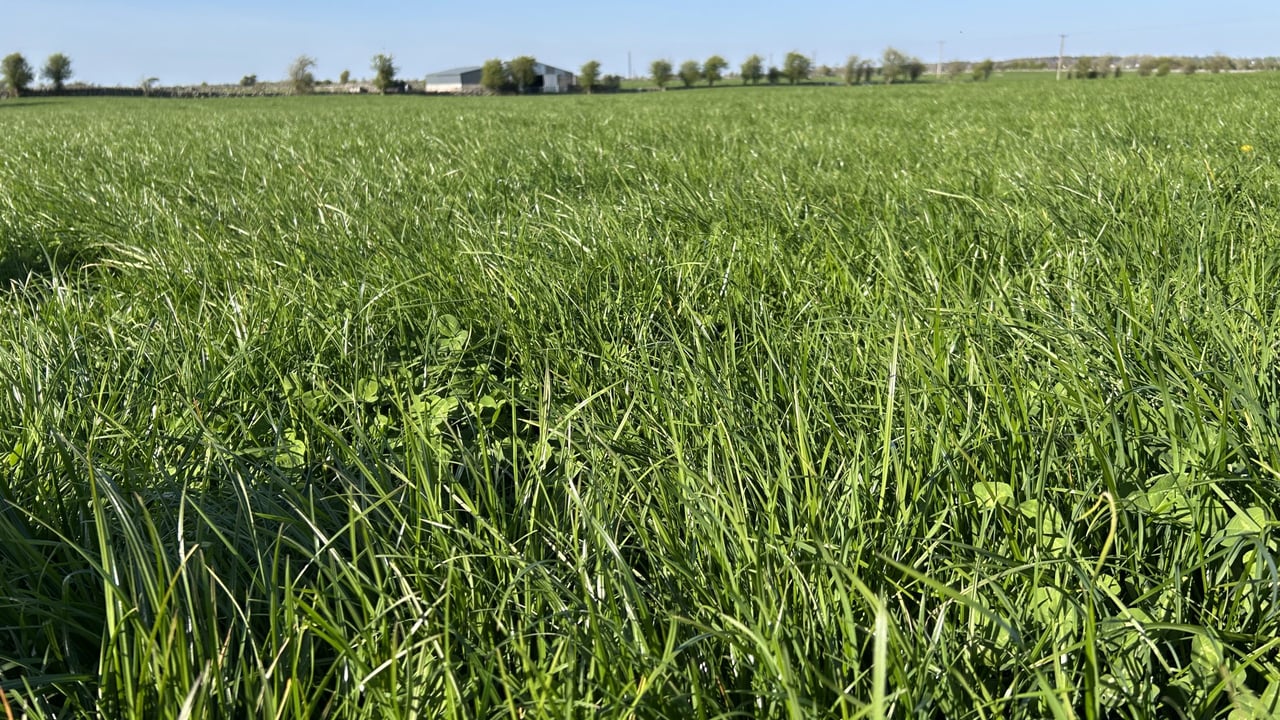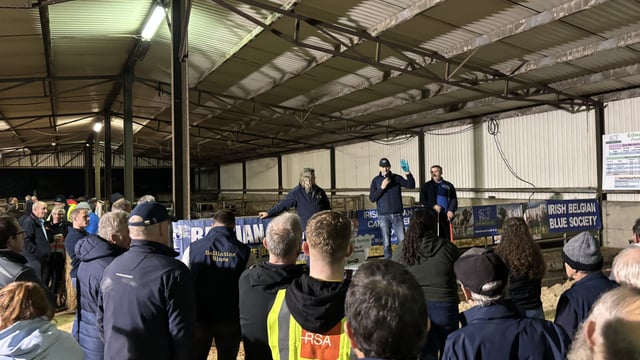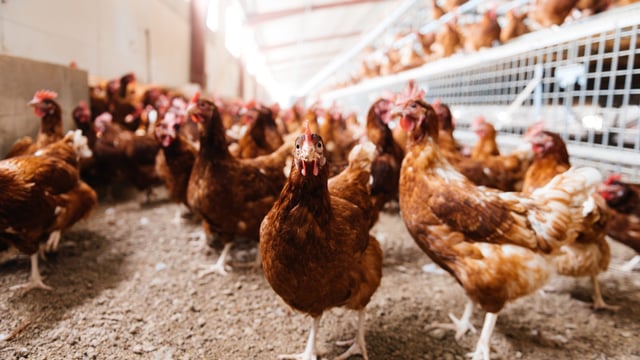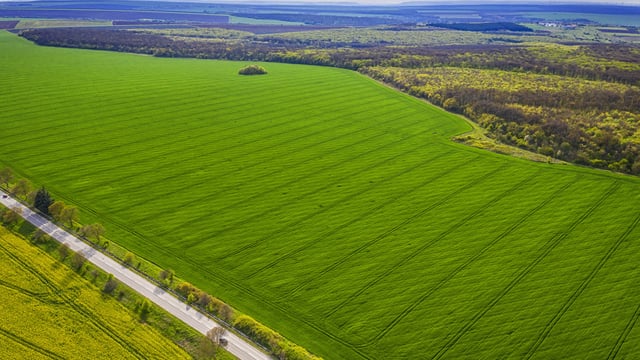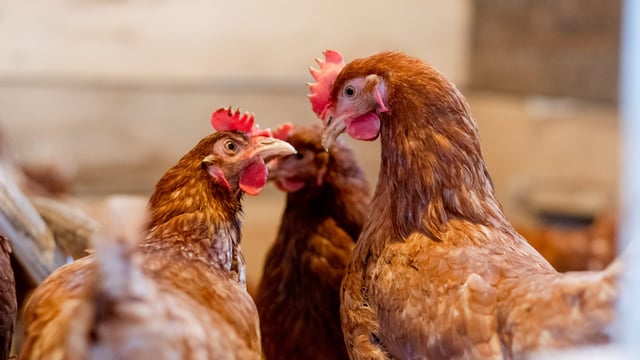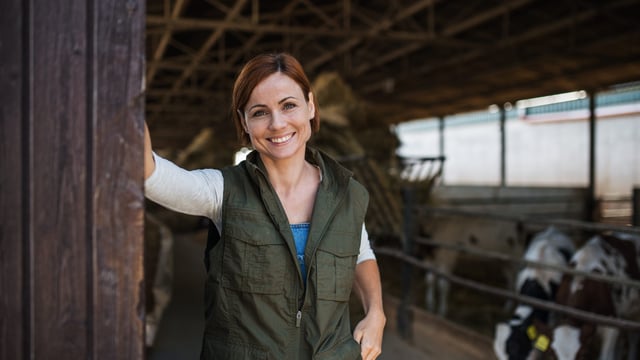Dairy advice: Improving soil fertility by taking samples this winter
With the poor weather over the last few weeks, most areas will have well surpassed their saturation points, bringing an end to the 2025 grazing season.
Farmers will be kept busy with tasks such as drying-off and preparing for calving over the coming month, but another thing to keep a focus on at this time of year - despite the weather - is soil fertility and herbage production.
Soil is one of the most valuable assets on any farm, and therefore needs to be treated with care and precision.
This time of the year is the most ideal to set up a plan for rectifying any soil issues, ensuring you have good quality leafy fresh grass in the spring when it is most valuable.
Soil fertility
November and December are two of the best months to carry out soil testing, as the results will be more accurate in terms of phosphorus (P) and potassium (K) due to the lack of slurry applications.
These results will show which fields are lacking in nutrients and allow you to develop a soil fertility plan and nutrient management plan around them.
It may take some time to see results after setting the plan in place, so it is important to stay on top of it, sampling at least every two years and targeting the worst parts of the farm.
A good nutrient management plan will allow you apply nutrients where they are required and therefore minimise waste while maximising growth rates.
When soil sampling, follow the basic rules such as;
- Ensure a sampling depth of 10cm;
- Take samples every 2-4ha;
- Take a minimum of 20 soil cores;
- Walking in a W-shaped pattern across the paddock when sampling;
- Avoid poached areas, such as gaps and water troughs.
If you are lazy with samples and only take them from the same are or the best areas, you will only be doing yourself an injustice.
Nutrient managment
The soil fertility plans may also help you decide which paddocks need to be reseeded, a crucial task in maintaining good herbage production.
However, paddocks with good soil quality but that have large amounts of old grass or weeds may also need to be reseeded.
Reseeded or over-sown paddocks with clover often have poor herbage production for the first year, so it is important to allow for that.
The plans will also help determine where slurry and manure should be spread, targeting feels low in P and K, as well as deciding which fields are low in pH and need a lime application.
With high volatility in the milk market at the minute, farmers should remember that grass remains the cheapest form of feed.
Therefore, growing good quality herbage will lower costs in the spring and drive margins.

